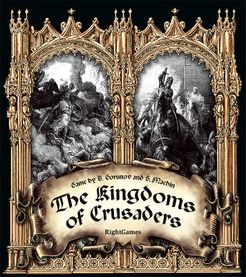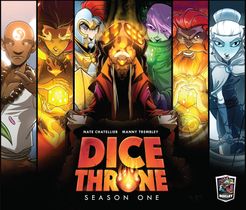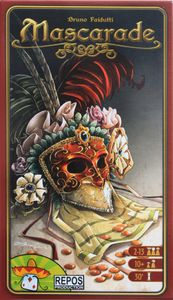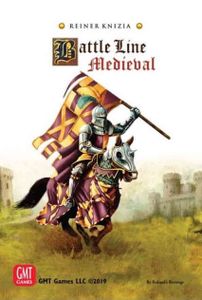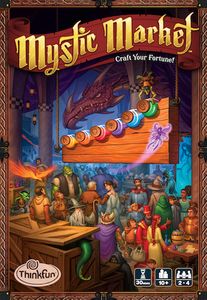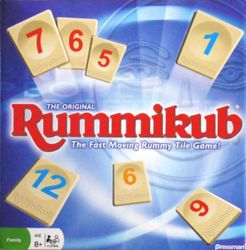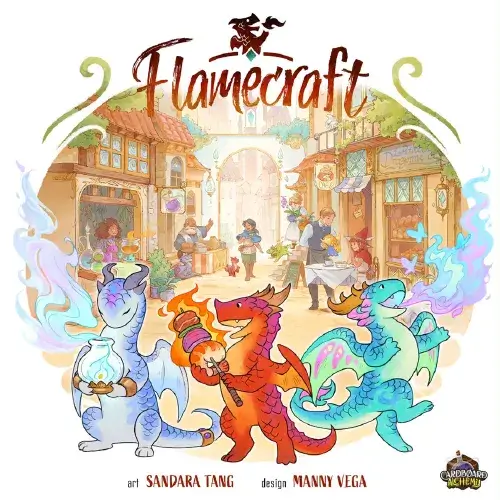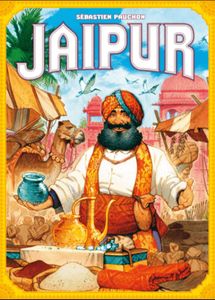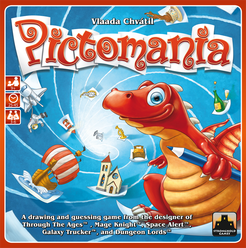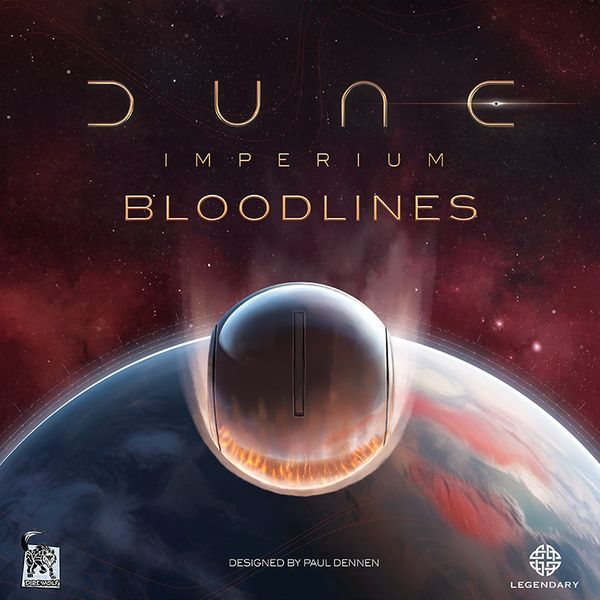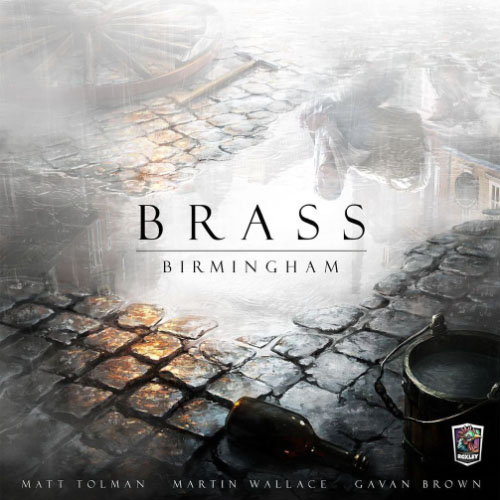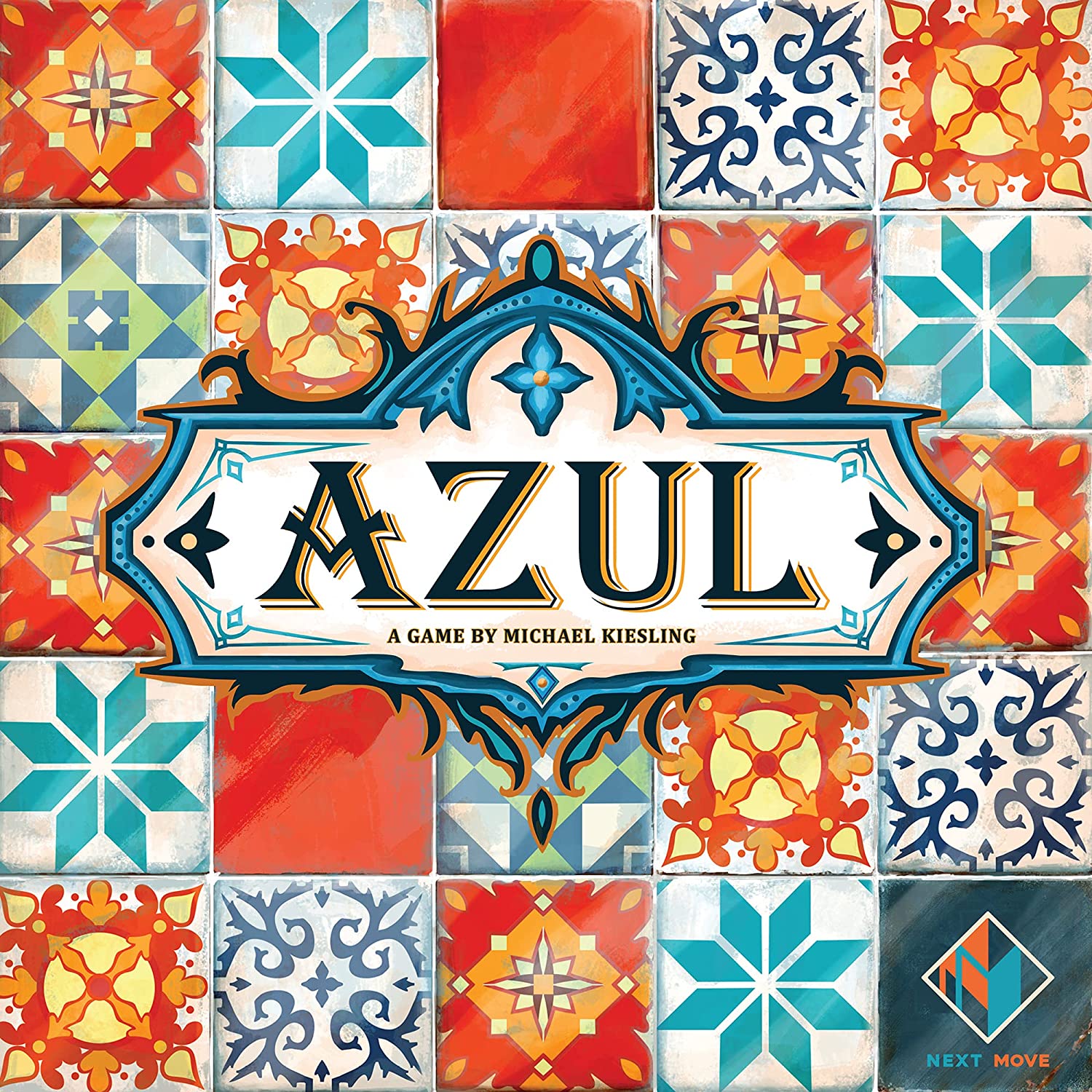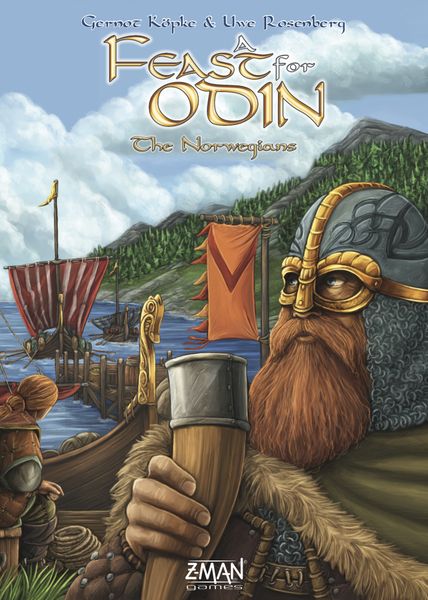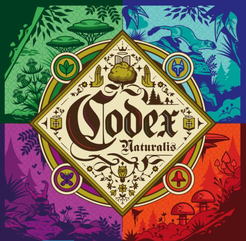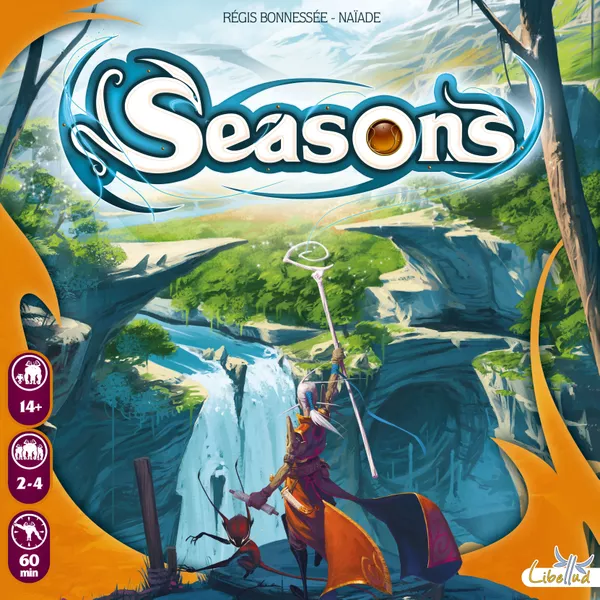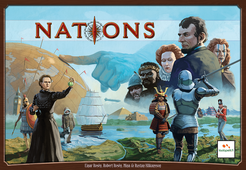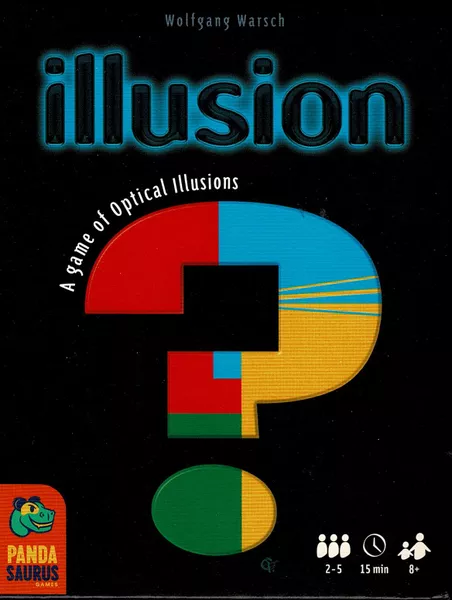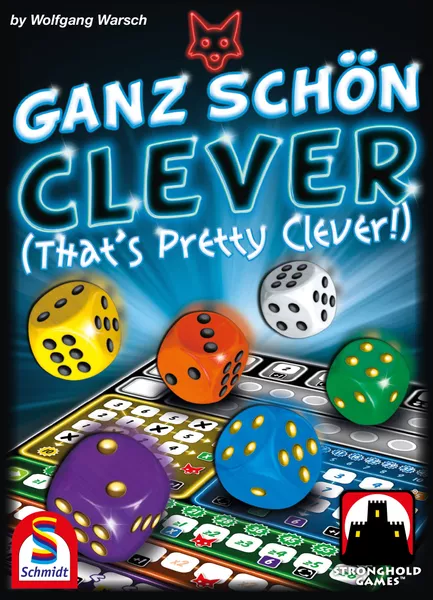The Kingdoms of Crusaders (2007)
Tác Giả: Danila Goryunov, Sergey Machin
Họa Sĩ: Gustave Doré
Nhà Phát Hành: Rightgames RBG SIA, Stolitsa Design Group
- Giới Thiệu
- Hướng Dẫn
- Video
- Chơi Ngay
- Đánh Giá & Bình Luận
In The Kingdoms of Crusaders, players assemble units to create armies and overwhelm opponents competing for the same territories. The game includes components for a two-player game; by combining two sets, up to four players can compete.
Units are represented by cards, with each card depicting the forces in it with color-coded symbols across its top. The forces come in five strengths, which from weakest to strongest are Lance, Bow, Sword, Helmet and Banner. For example, a unit (card) with Sword and Helmet will have across the top: blank, blank, green, yellow, blank. Each player starts with a hand of five cards and a location card on the table depicting five territories, which is where a player lays his cards.
On a turn, a player draws a card from the deck, then lays one card from his hand into one of the territories next to his location card. Each territory can have no more than four cards in it. Once you've played four cards into a territory, you've determined the final strength of the army there. If the same symbol is on all four cards, you've created a Regiment; the same symbol on only three cards creates a Battalion, and the same symbol on only two cards creates a Company. (You can create multiple Regiments, Battalions and Companies in the same territory.)
To determine who wins the battle in a territory, compare each player's army in this territory. The player whose army has the most Regiments wins; if players are tied for the number of Regiments, then the player with the strongest Regiments wins; if players have equally strong Regiments, then the player with the most Battalions wins; and so on. Even if his opponent(s) have not completed their armies, a player can win a territory by proving that it's impossible for someone to create a stronger army in the same territory.
When a player wins a territory, he places a lowest available victory marker on this army. Once all five victory markers have been claimed, the game ends. The player who collects the most markers wins; if players are tied for the number of victory markers, then the player whose markers have the lowest sum wins.
Video
Nơi mua The Kingdoms of Crusaders (2007)
*Chúng tôi có thể được hưởng hoa hồng khi bạn mua hàng qua liên kết của các nền tảng thương mại điện tử này.



